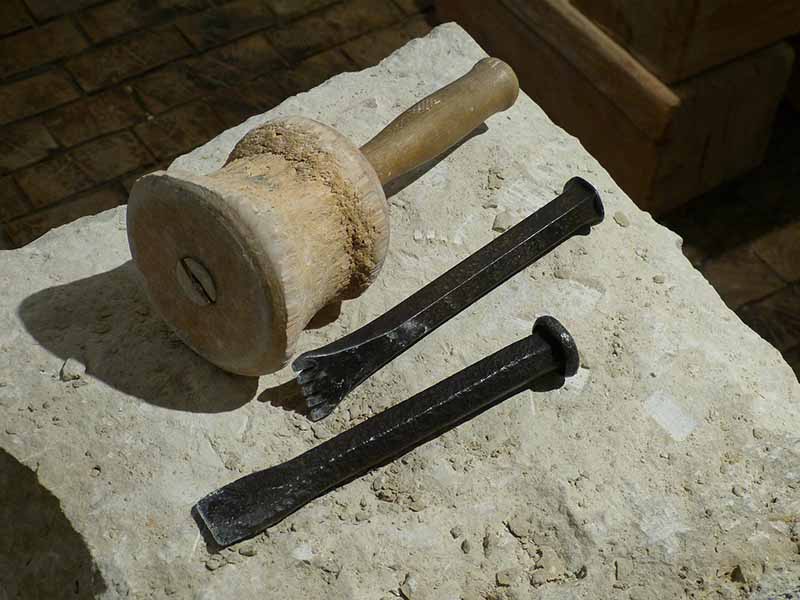“We don’t need to remake our health-care system or rebuild it from the ground up. We don’t need to do very much. It’s pretty simple, quite attainable. Just an added perspective and a change of pace.”
Victoria Sweet PhD, MD (physician, historian, author)

What is the practice of “Slow Medicine”? This movement began in Italy, the same country that started the Slow Food Movement. It is characterized by being measured, respectful and equitable. Although, there is no official Slow Medicine chapter in the US, there are practitioners who are putting their own stamp on this kind of medicine.
Dr. Victoria Sweet, an Associate Clinical Professor of Medicine at the University of California, San Francisco had the opportunity to practice for 20 years at Laguna Honda Hospital, which had originally been the San Francisco Almshouse. She took care of destitute patients with chronic disease. For many years this huge facility was able to function without excessive bureaucratic, administrative disruption. The hospital, a unique building, built like a 12th century Romanesque monastery offered its indigent patients an environment that promoted healing – solariums off open wards, birds flying through the arches, healthy food, clean sheets and an aviary, greenhouse and barn on the grounds. Above all, despite the challenges and frustrations faced by many of the patients, Dr. Sweet was able to offer her patients a type of medicine care based on time. Time to sit with, listen to and observe her patients. Time to let them heal.
Dr. Sweet practiced in a way that reflected the teachings of Hildegard of Bingen. Early on in her medical training, she found herself on a quest to understand how medicine seemed to have lost its connection to spiritus (breath) and anima (the invisible force that animates the body). Finding a book on Hildegard of Bingen put her on track to pursue a PhD in medical history and write her dissertation on this famous 12th century nun, mystic, composer and medical practitioner.
The philosophy underlying Hildegard teachings was based on the idea of viriditas ‘the power of plants to put forth leaves, flowers and fruits’ with the parallel power of humans to grow, give birth and heal. With many of her patients Dr. Sweet found herself asking “How would Hildegard have looked at this patient? What would she have done?” Sweet realized that her job, as “gardener-physician,” was to practice in a way that harnessed and promoted the body’s inner “natural ability to heal”, its viriditas.
In her work, Dr. Sweet would first remove obstructions to “virditas”-dirty clothes, nicotine, etc. She would then make sure the patients were fortified with good food, sunlight, etc. Finally, she would offer them time. In her book “God’s Hotel” (From the early French hospitals Hotel-Dieu), she describes her patients and this way of practicing medicine.
God’s Hotel no longer exists in the same building or format as it used to. However, Dr. Sweet continues to embrace a style of Slow Medicine where her relationship to healing is that of a gardener-physician.


